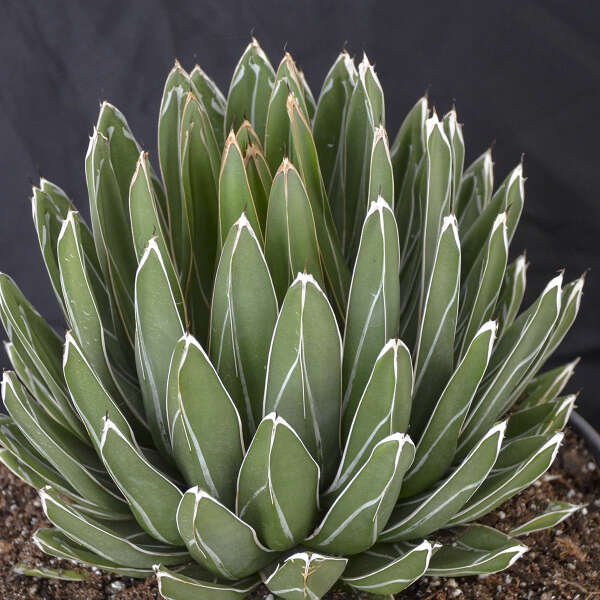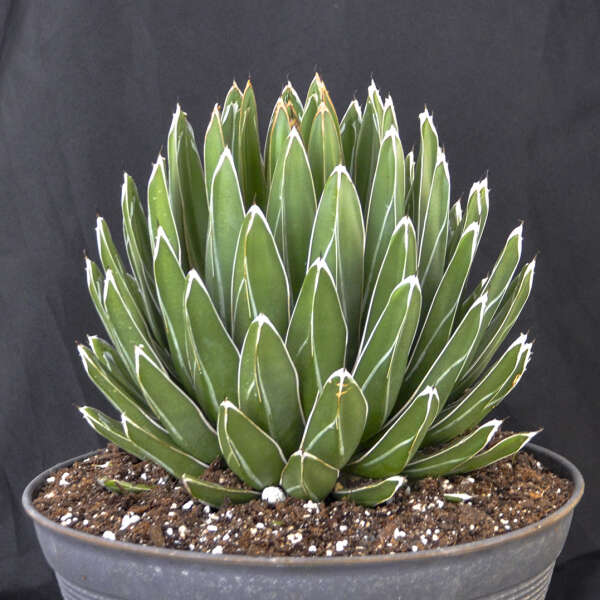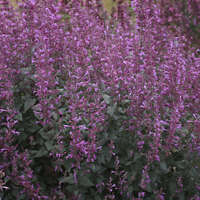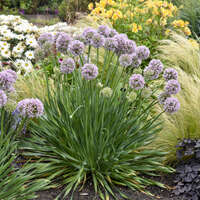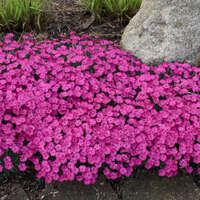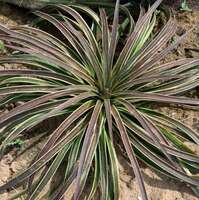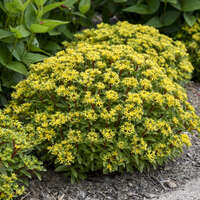Agave victoriae-reginae 'Porcupine'
Common Name: Queen Victoria Agave
Queen Victoria Agave is known for its white lined, beautifully shaped leaves that form a spherical habit. 'Porcupine' was selected from the species for its compact habit. Although relatively hardy for Agave, good winter drainage is required. This species of Agave is slow growing. From Yucca Do Nursery.
The common name "Century Plant" is alluding to the belief that it takes 100 years to bloom. In reality, Agaves bloom after 15-20 years, and the main crown dies after blooming.
72ct Plug Tray |
